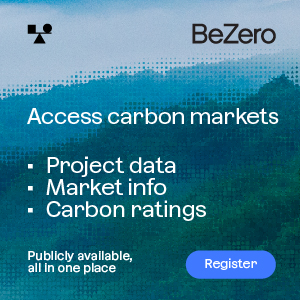EU industry ministers believe a tiered approach to allocating free EUAs would be the one way of ensuring the competitiveness of EU steelmakers and other industries at risk of carbon leakage.
They backed the approach during an extraordinary meeting of the EU Competitiveness Council in Luxembourg late Monday, held in response to a recent job losses and closures among steelmakers and fears about Chinese producers dumping their products.
The backing is the strongest indication yet that member states will support moves to have more than the two levels of free allocation proposed by the Commission after 2020, and set them according to each tier’s risk of carbon leakage.
Environment ministers from the UK, France and the six Visegrad+2 eastern states were supportive of a tiered approach at an initial debate last month, though final agreement among lawmakers is not due until late 2016.
Luxembourg, which chaired the meeting as EU presidency holder, published a series of presidency conclusions that are less formal than the typical Council Conclusions representing the firm commitments of the all 28 ministers.
This was not due to any minister blocking a consensus deal, but rather because the short-notice nature of the meeting prevented a more formal drafting process, a Council spokesman said.
The conclusions focused on efforts to make use of EU trade policy instruments and hold talks with other big steel producing nations such as China, India, Russia, and Turkey.
They included the below points on the EU ETS:
To improve the competitiveness of sectors most at risk of carbon leakage, including the steel industry, by considering, as part of the reform of the EU ETS:
– a more focused mechanism for free allocation of allowances, for example through a tiered approach;
– elements to minimise the need for a cross-sectoral correction factor by the end of ETS phase IV, while creating the right incentives for industrial innovation and enhancing the possibility to increase production levels, in line with the conclusions of the October 2014 European Council.
The ministers agreed to hold a high-level stakeholders’ conference to consider further policy actions.
By Ben Garside – ben@carbon-pulse.com



